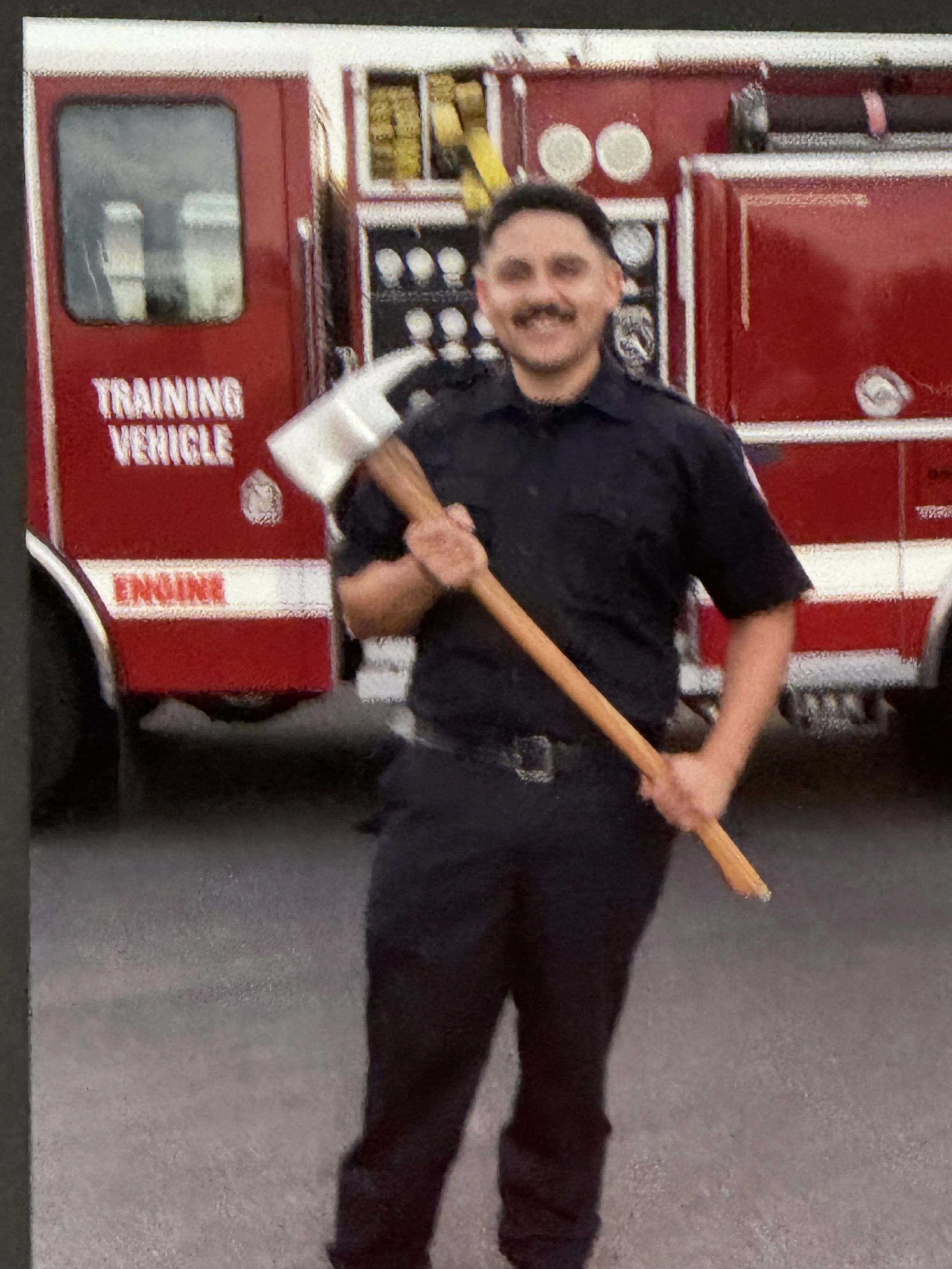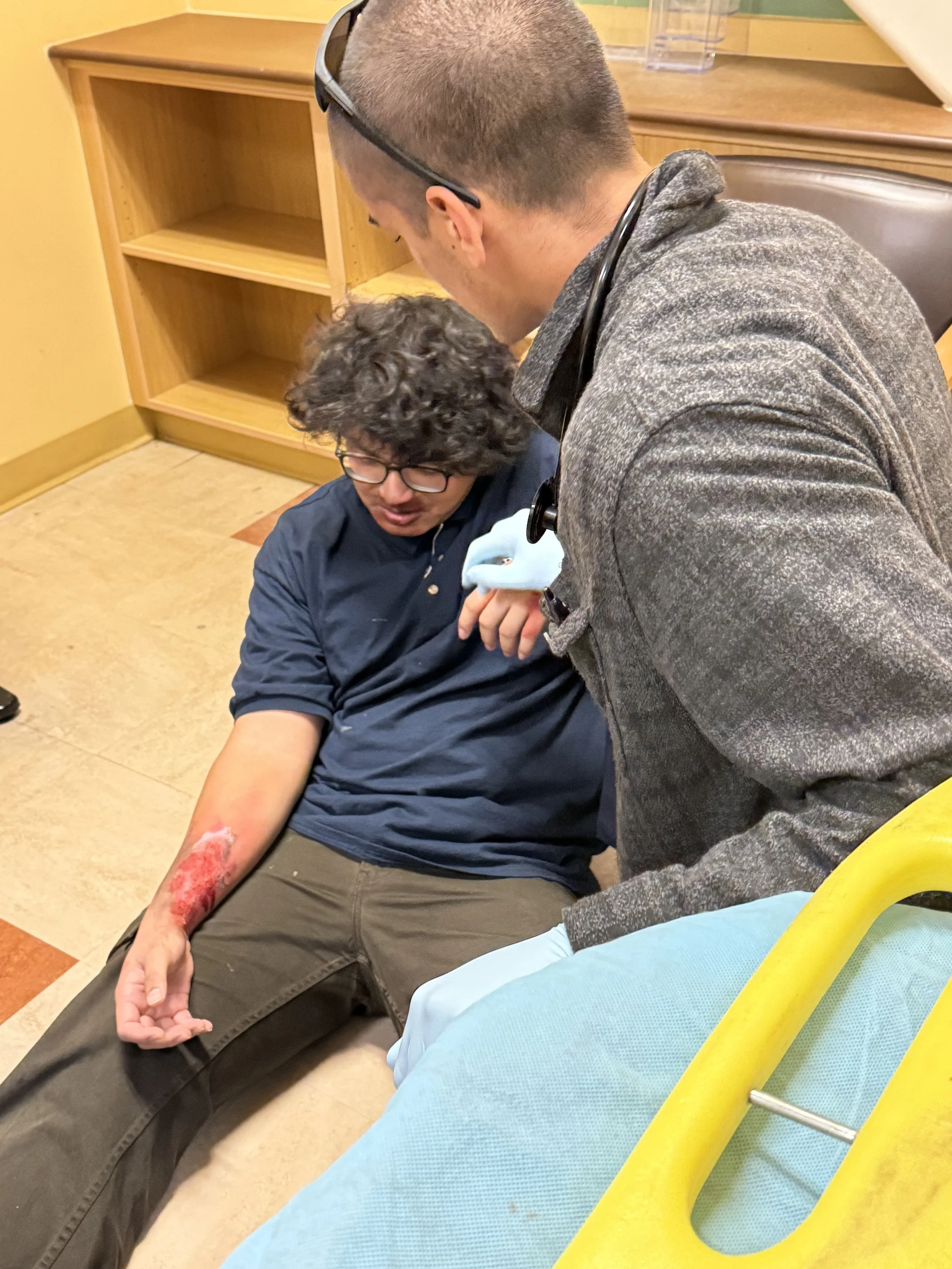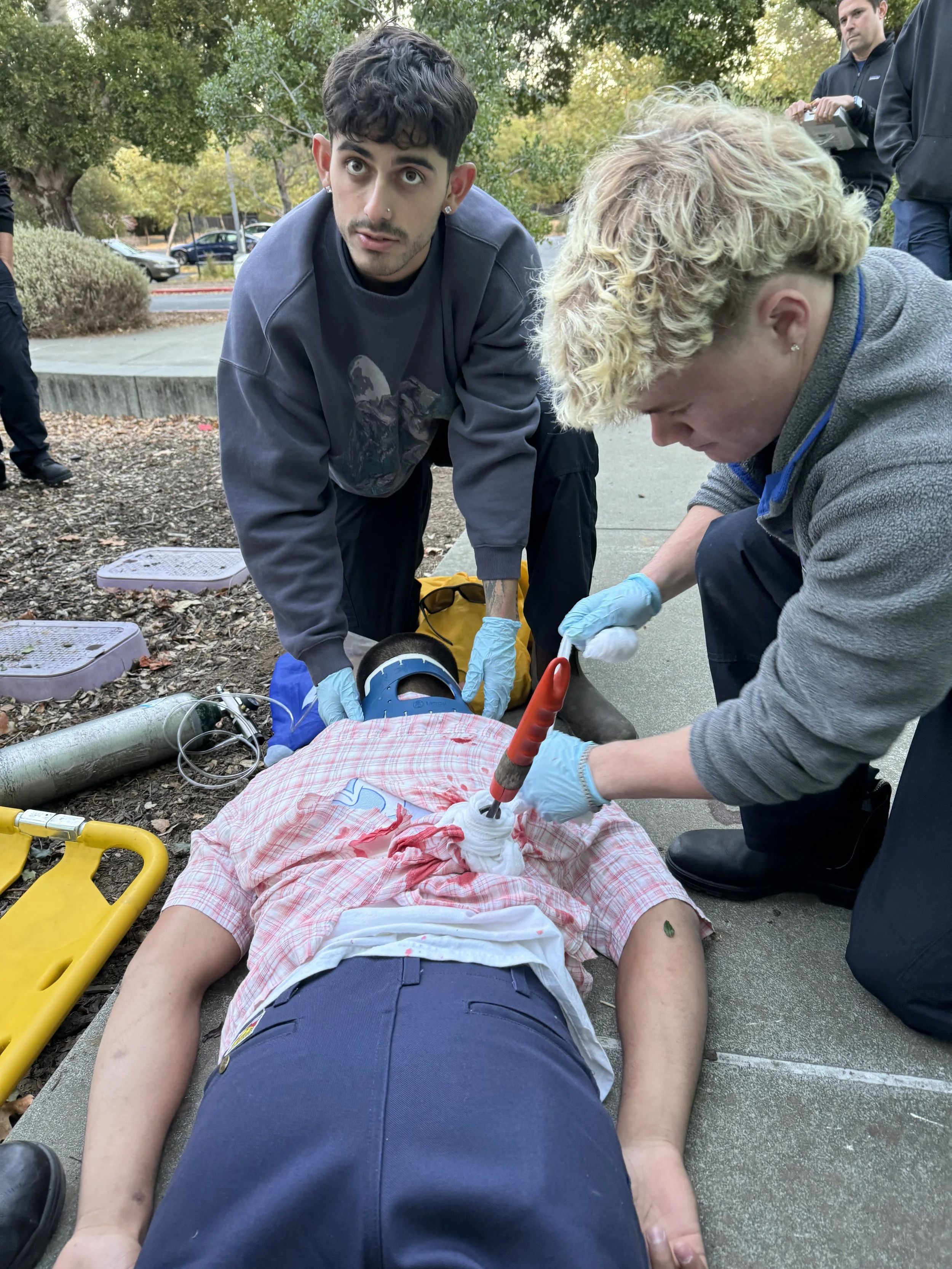2024, marked the implement of new testing modalities, counseling, and teamwork. Fire 112 (EMT-1) and Fire 215 (EMR) courses saw considerable results.
Classroom hours are in high commodity, and EMS courdses are consistently pressed for time. The hours spent on quarterly quizzes, as well as the Midterm and Final Exam, substantially reduce the time available for didactic instruction and, more importantly, skill scenarios—the core of the course.
It's crucial to remember that the NREMT exam, a national test that all EMTs must pass to work in EMS, is a significant barrier for many students, preventing them from achieving a successful career in the field.
To manage this, I implemented taking home quizzes from each chapter covered that week. The quizzes begin easy; they’re open-book, and can be taken until the student scores 90% or higher. As the semester moves forward, the quizzes get progressively more difficult, and more like the NREMT Exam
Graduates’ Successes Continue
Lupe Duran: Foundry Graduate, 2023
Lupe Duran: Squad Captain SRJC, 2024
And, by all means…
A time limit is added, causing less ability to look atthe text or notes. Then students answer one question at a time, followed by the loss to return to previously answered questions. These aspects mirror the National Exam with such versimilitude that, by the lastthree weeks of the semester, the exams look nearly identical to the national test.
The results have been impressive; students have thrived with the new format, achieving an 85% success rate on their first attempt. Out of the fourteen individuals who have taken the NREMT since December, an impressive twelve have passed! This is almost 15% higher than national test score levels, and 3% higher than Fire Technology’s 2023 NREMT passing percentage
To further enhance the test-taking experience and better simulate the actual exam environment, I am currently integrating LMS window-blocking software.
Gross Anatomy
Scenarios become more authentic in feel & make-up
With time to work on scenarios, scenario moulage (stage make-up) is more often used to create an authentic emergency situation to to manage.
When the students see the gore for the first time, it’s eerily like real life in that it often creates more excitement than trepidation. It also allows the cohort to think on their feet and improvise, a skill that’s indispensable in emergency care.
Evaluators watch and critique the “Acting EMTs/EMRs” for an after-scenario round table discussion, during which everyone—including the responding Squad—talks about their strong points, roadblocks, questions, and suggestions.
This ability to take and give constructive criticism to improve is as indispensable as thinking on one’s feet. It is an ever-improving practice, and saving lives means absorbing mistakes without ego and building on mistakes.
let’s have fun!
““See the Reflections page for more information on class revisions, statistics, and successes.””




